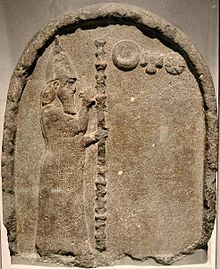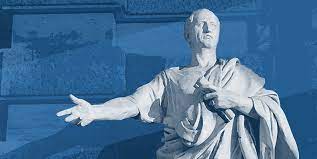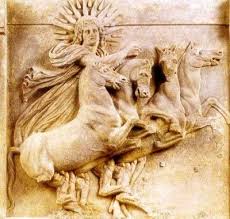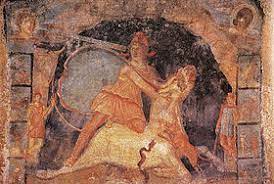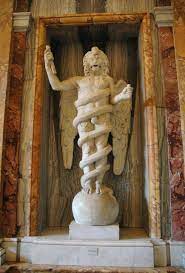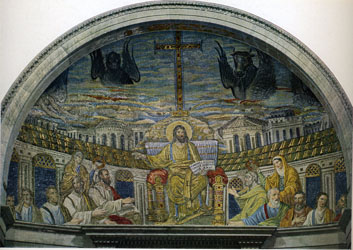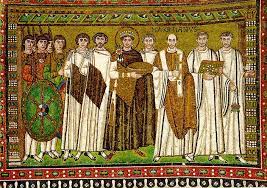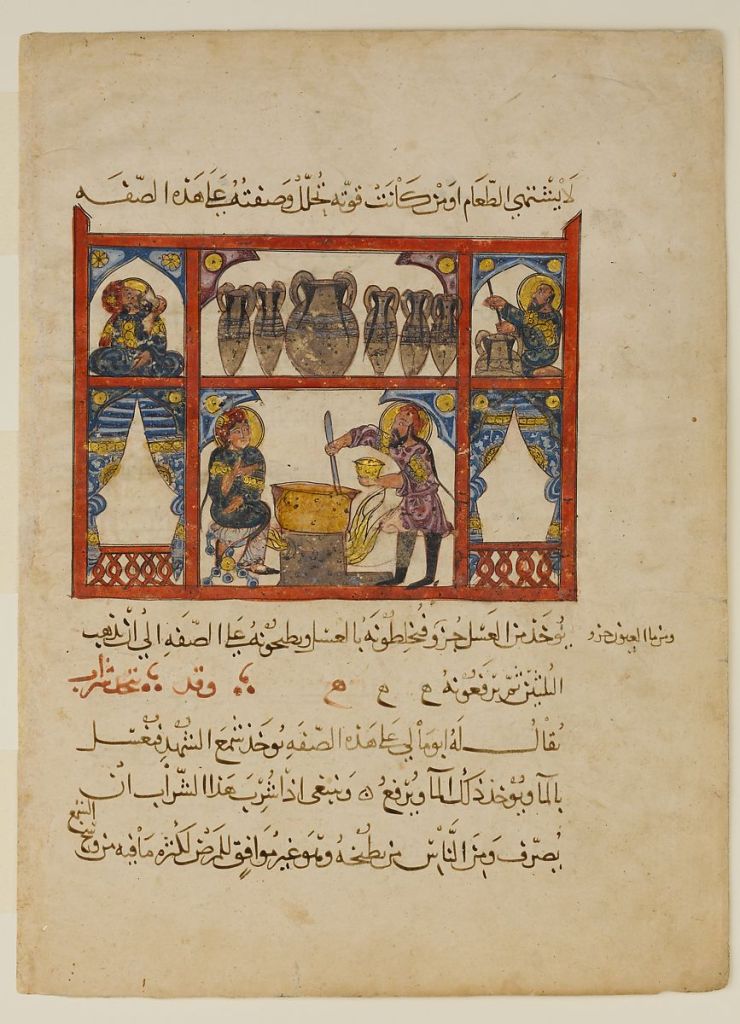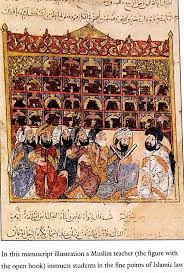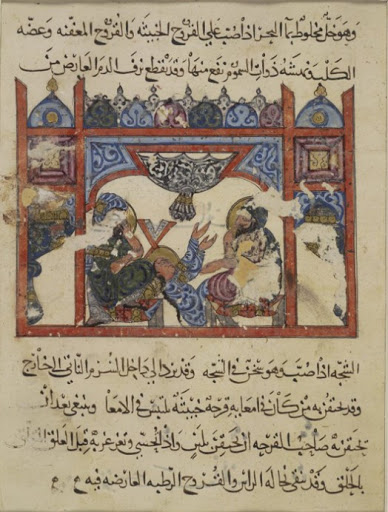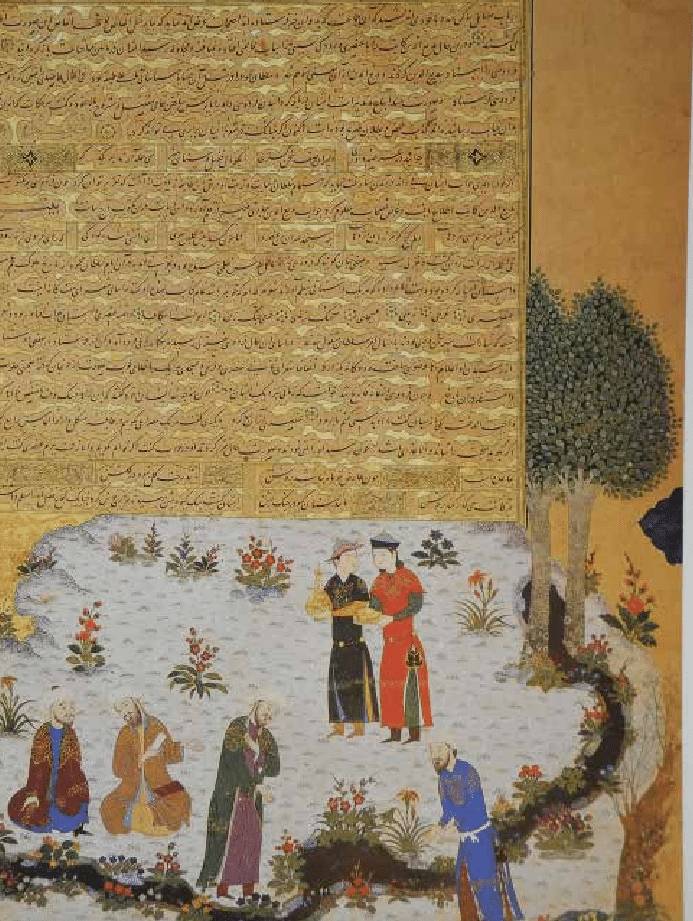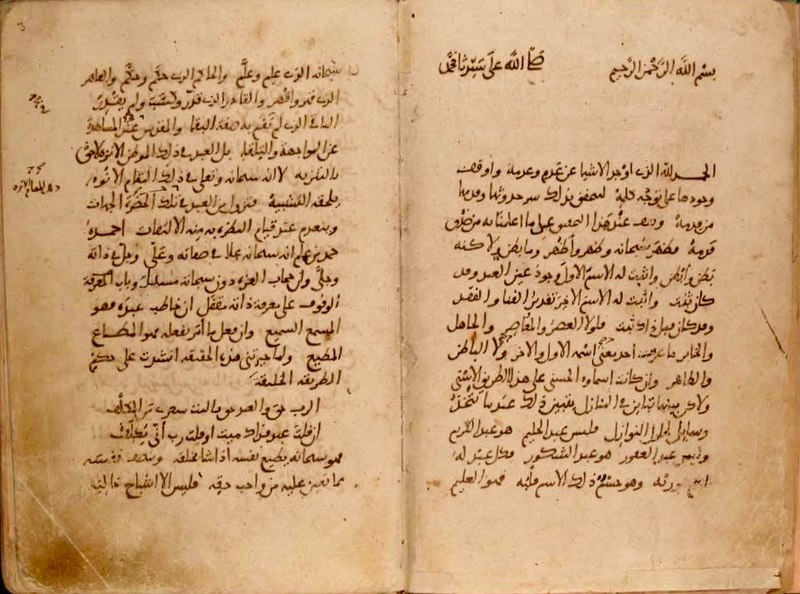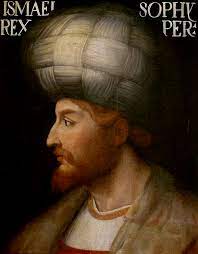The present article consists in a brief outlook of the nature of the diverse educational systems either in the rising and falling imperial realms or in the chaotic and worthless republics that lack sanctity, legitimacy, and humanity. Here you will find its second part. For the first part, go there:
and
XI. Renaissance Education: the pseudo-Christian doctrine that caused all the Colonial Crimes
Contrarily to what happened in the Antiquity, during the Christian times, and across the Islamic world, Education in Western Europe, starting with Renaissance (15th c.), became the tool of a new, rising social class against the then ruling Christian clerics, feudal lords, and monarchs. As a matter of fact, Western Europe was always a multi-divided world whereby, after the termination of the Constantinopolitan popes (752 CE), the fake Christian authority was continually challenged by the surviving sects and underground groups of ‘heretics’, namely the Arians, the Christian Gnostics, the Paulicians, the Bogomils, the Manicheans, the Cathars, the Templars and many others.







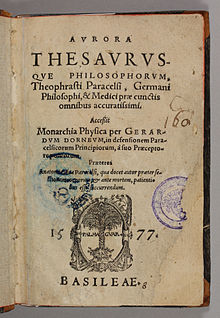
After having kept people far from education, the Renaissance popes, while expecting an overwhelming educational-intellectual challenge from their opponents, decided to create their own system of fallacious education, counterfeit intellect, and distorted science. This is what they had prepared for long, gathering and translating Islamic scientific manuscripts through contacts with either Omayyad Andalusia or Abbasid Baghdad or the Eastern Roman Empire. Renaissance and colonization of the rest of the world go hand in hand. In fact, colonization was the means by which the pseudo-popes of Rome diffused their fallacy, deception, and delusion worldwide.
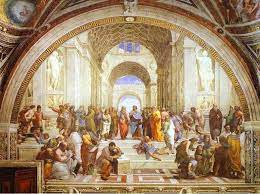
Education in the multi-divided post-Renaissance societies of Modern Times is the supreme form of human slavery. Contrarily to the educational systems that existed throughout the ages, the modern world’s delusional and warlike education was geared to produce deceitfully educated slaves. The conquistadores were indeed slaves, who after having learned a forged History, after having studied fallacious sciences, and after having been intoxicated with narratives about their fake-Christian faith, with the delusion of the white supremacy, with the falsehood of European civilization, and with exorbitant hatred of the other nations, notably the Muslims, sailed overseas to conquer the world and enslave all the other nations for the sake of their own masters.




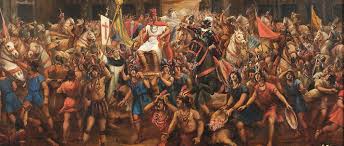


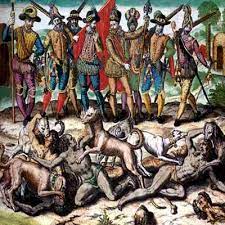
The educational system of the Western European colonial powers was thus fully weaponized and, instead of being used to unify human societies in freedom, it served to unify all the nations of the world in slavery. It was a worse indoctrination, but since it did not involve a religion or theology as foundation, it did not produce a doctrinal culture but a radical fanaticism, endless wars, and internal strives. Within such an environment it was only a matter of time for the conquistadores’ ancestral culture to get decomposed and for them to stay with no culture at all. The same happened of course worldwide, because the colonial gangsters diffused and imposed the conditions of their slavery, the elements of their counterfeit education, and their lawless laws across all continents.
XII. Incompatibility of Spirituality, Religion and Human Culture with Western European Politics and Colonialism
Following the devious Western European theoretical systems of Classicism and Enlightenment and the ensuing changes in the systems of governance that took place in America and France, Education played a pivotal role in the formation of what we call ‘modern states’, which are genuinely failed structures from the first moment of their inception.
———————————————————————–
The totally delusional perception of the Ancient Hebrews, Greeks, and Romans by Modern Europeans: the example offered by Nicholas Poussin’s paintings

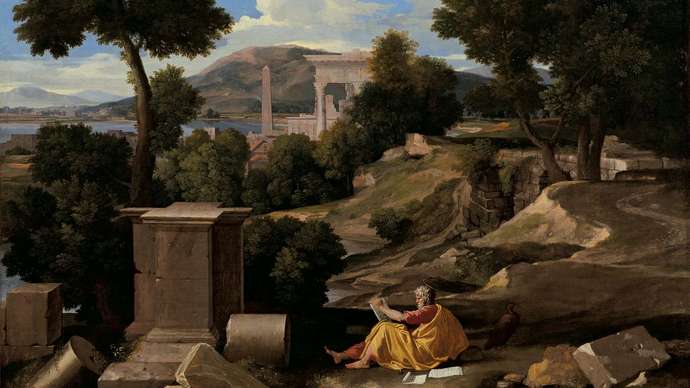
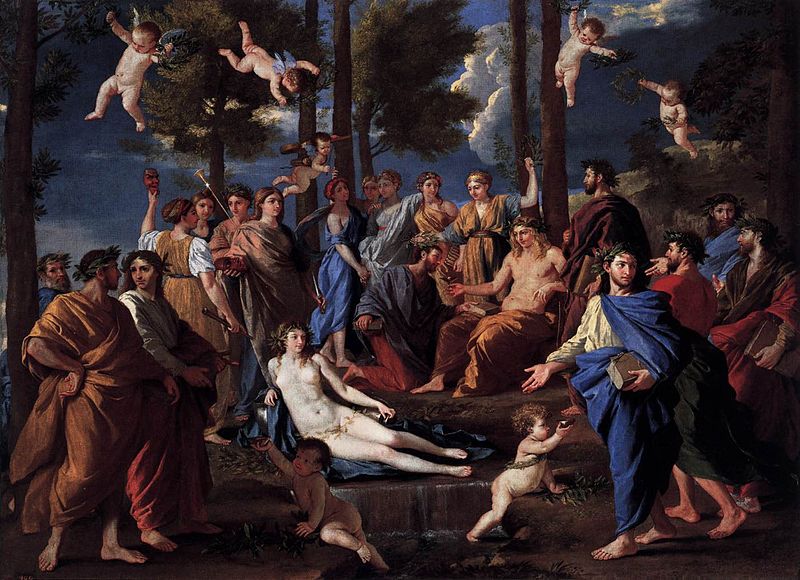
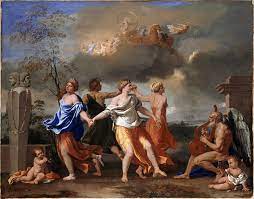
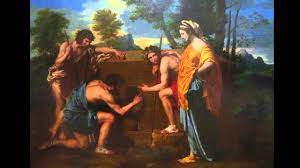

—————————————————————————-
The godless religions that are revealed through the lines of the constitutional documents of the new states demonstrate clearly that the erroneous selection (by devious Western Europeans) of a system of governance, which had already failed in Ancient Greece and Rome, namely the ‘politics’, could never generate a successful social organization and secure effective governance for these states. For a very good reason: politics is a system suitable for cities-states (‘polis’ in Ancient Greek means ‘city’).

One could argue that the system is good only for countries with up to 50000 people, but still we have full historical proof that those states failed already in the Antiquity. In addition, politics in Ancient Greece and Rome involved discrimination against the women and the slaves, whereas in the Ancient Oriental empires there were no slaves and women were not discriminated. In fact, ‘politics’ is synonym for discrimination, racism, evilness, and it cannot happen otherwise. The inhumanity of politics cannot be mitigated in any manner, anytime anywhere and under any circumstances whatsoever.

Politics is not suitable for either a city-state or a bigger country; as system of governance, politics is an insult against any religion of any nation, not because in Ancient Greece or Rome the local politics were unrelated to religion, but because politics is tantamount to lewdness, insolence and blasphemy. Ancient empires, Christian kingdoms, and Islamic caliphates had no politics; this was so because of the moral standards of those societies whereby people valued the sanctity of human life and the transcendentally ensured social order.

XIII. Politics is unrelated to Secularism
Politics does not mean secularism; politics is tantamount to Satanism. There have been many secular empires, kingdoms, caliphates, khanates and sultanates throughout History. Accepting the existence spiritual world is a human quality. Spirituality is fully compatible with secular social life; theology is not. Secularism guarantees the personal communication of the human or a group of humans with the divine world. Theology brings about the end of the religion, because theologians cannot fathom the spiritual universe and therefore eliminate transcendence by means of verbosity, formality, rationality, doctrinal rhetoric, and governmental tyranny. In fact, politics and theology are the two faces of the same coin: that of Satan.

Consequently, Education within a modern state governed by politics consists in a sheer indoctrination system, which helps tyrannically impose the vicious dogmas that nonsensical ‘theoreticians’, ‘philosophers’, ‘intellectuals’ and ‘ideologists’ composed on the basis of their ignorance and mental perversion. Since Ancient Greece was the terrain of “division in society, disunity among the various tribes, and clash among the various philosophers”, it is only normal that Ancient Greece -projected onto Modern European and North American societies through the disreputable works of 18th – 20th c. philosophers and academics and through their inclusion in Modern Education- brought about the revival of all the divisions, the disunity, the dissensions, the clashes and the civil wars that had happened in the past three centuries.
The aforementioned chaotic situation of Western European and North American politics was diffused / imposed worldwide by means of Western colonialism. In striking contrast with what Western academia and intellectuals propagate, the worst aspects of Western colonialism are neither the economic exploitation of the colonized nations, nor the military warfare, arms sales, and the ensuing bloodbath, nor the local governance by means of corrupt politics. In fact, the most vicious aspects of the Western colonization of the entire world are its academic, intellectual, scientific, educational, ideological, behavioral, and cultural dimensions.
XIV. Politics, Colonization, Nationalism, Political Nation, Fake History, and Education
The modern, distorted connotation of the word ‘nation’, which originates from the sphere of Western politics, and its subsequent diffusion worldwide were put in relief because of the forged History that the colonial academia elaborated for all the nations of the world. Historical nations were thus turned to ‘political nations’ that have nothing in common with true History as described in all the historical texts and sources. ‘Political nations’ are delusional entities that never existed in real History; their pathetic nationalisms only reflect the dogma of the prefabricated local ‘National History’, which is taught in the fallacious educational system of the colonial puppet-countries as per the colonial guidance of the local pseudo-professors, bogus-intellectuals, and bribed journalists.
The colonial puppets at the local level study in the colonial metropolises only to return back home and diffuse the disastrous politics, the calamitous economics, and the fake History that they studied in France, England, America, etc., only to cause further damage to their lands by implementing the colonial plan in every dimension and on every occasion. As per the local, regional and worldwide needs of the colonial regimes, the various fake nationalisms, based on the local educational systems and their absurd and ludicrous contents, generate fallacious visions of a fictional past and of otherwise nonexistent glories, paranoid theories in support of these visions, delusional concepts, nonsensical aberrations, and schizophrenic interpretations of World History (as mad as the idea that the Chinese terracotta army was sculpted by Ancient Greeks)!
In this manner, …
one political nation is magnified to ultimately reach the borders that their colonial masters drew for them (like those of fake Yugoslavia after WW I), …
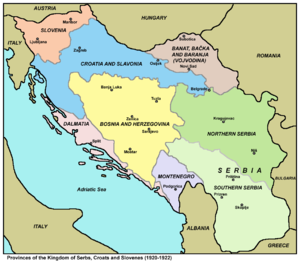
another political nation is divided with no reason (like Albania – with Albanians living today in Kosovo, Montenegro, Macedonia, Serbia, and Albania), …
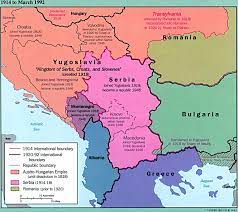
a third political nation is given a fake name (like fake Greece, whereas the correct name would be ‘Eastern Roman state’ or Romania/Ρωμανία), …
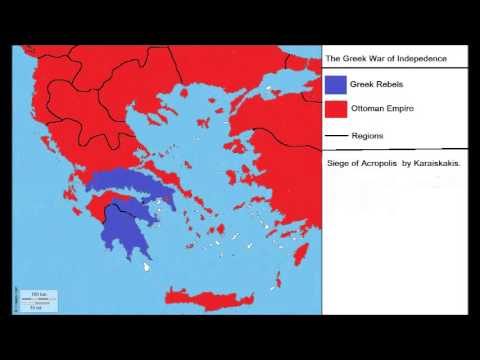
a fourth political nation is given a totally fake identity (like the totally non-Arab ‘Arab Republic of Egypt’, whereas the country’s correct national name is either Kemet, i.e. the country’s ancient name, or Masr, namely the state’s real name in the constitutional chart), …

a fifth political nation’s name is monstrously distorted (instead of ‘Iran’, turned to ‘Persia’ – only to hide the reality that Iran’s population is Turanian and not Persian in its majority), …

and a sixth political nation’s fallacious name consists in sheer usurpation of the historical name of another country (as in the case of Abyssinia, which was ludicrously masqueraded in the 1950s, being re-baptized as ‘Ethiopia’, which is the name that the Ancient Greeks and Romans used to describe the Cushitic kingdoms of Ancient Sudan to which the Semitic Abyssinians are totally unrelated), and so on, and so on.

On another occasion, as per the colonial needs, 5-6 different nations are taught another style of fake story; their ignorant, tribal elites, after being duly bribed, are instructed that, although their languages, religions and scripts are different, they -all- constitute just ‘one nation’! This case comes out of thin air, and it is viciously called ‘Kurdistan’, as the supreme stage of colonial distortion.
XV. Nationalisms, Education, Historicity, and Historical Claims
Nationalisms are based on political nations’ false educational systems and on the historical forgery that pupils are taught in the schools. They then create among average people a false feeling of historicity; this erroneous feeling can be an exaggerated or minimized or distorted vision of the true historical reality. However, because this situation melds the heart and the mind, it hits the subconscious of the mass in every political nation, thus generating enormous fanaticism, extreme negativity, degenerate passions, and sick reactions.
Nationalisms constitute the representation of the blind, dark and evil side of every person’s character. As a matter of fact, all -personal, communal and national- complexes of inferiority, all the traumas, all the vices, and all the elements of psychosis come to surface, when a pattern of these delusional beliefs is subject to questioning – let alone rejection. Then, we can safely claim that political nations’ educational systems and nationalisms help only promote the bestialization of the Mankind.
Fake historicity helps transfer the issue from the initial educational level to the political, diplomatic and international levels whereby historicity takes another form, being transformed into ‘historical claim’. Most of the historical claims of today’s pseudo-historical nations originate from monstrous distortions of the historical past in the educational systems (and the nationalisms) of the political nations that express these claims.
And in any case, all the political nations of modern times are pseudo-historical, because the historical nations were not governed by the mendacity and the evilness of politics, but they represented totally different concepts of history, governance, society, nation and territorial sanctity.
XVI. Historical Education and its Importance opposite False Historical Claims
This brings us to the topic of the importance of historical education in modern states. With strong educational background, with correct orientation of the educational system, and with accurate, pertinent, wide teaching and deep learning of History, modern countries can turn down false claims of neighbors and fake pretensions of enemies. In this regard, foe identification plays an enormous role. In most of the cases, neighboring countries are not unfriendly and enemies are not genuine; they are aptly to become so by the colonial powers, which implement their inhuman and evil agendas through proxies.
All the false claims of neighboring countries and all the fake pretensions of antagonistic governments are customarily instigated by France, England and the US; these colonial regimes implement disastrous schemes worldwide, while also promoting arms sales and further deepening the divisions among various nations at the local and the regional levels. They are the true enemy.
If the government of a country proves to be unable to understand this fact, it definitely and irrevocably destroys the country and it ultimately plays the game of the evil colonial powers, thus jeopardizing its own country’s future. There have been plenty of examples in this regard: Saddam Hussein’s Iraq, Gadhafi’s Libya, Ali Abdallah Saleh’s Yemen, al-Bashir’s Sudan, etc. Soon, we will have more examples: the Ayatollah regime of Iran, Mubarak’s – Morsi’s – el-Sisi’s Egypt, Erdogan’s Turkey, etc.
Political nations’ historicity and historical claims contain tons of distorted pieces of historical info that are aptly used to support demands, to gain impressions, and to influence the public opinion. If studying your enemy is the key to anticipating their move in the field and in preventing their next move in diplomacy, scrutinizing your enemy’s history is a prerequisite for thwarting their falsely founded historical claims.
Since the entire World History has become an enormous battlefield where historical interpretations, synthetic approaches, conceptualization efforts, attempts of different contextualization, and diverging terminological proposals are constantly introduced in order to present distinct perspectives of historical narrative that best suit the needs of the colonial powers, all countries that are not well prepared -at the academic, intellectual and educational levels- to refute opposite arguments end up losing territories or totally disappearing. Countries that are unprepared to engage in academic and intellectual battles are already failed states.
And this is the primary meaning of the term ‘failed state’: a state, government, establishment and society that failed to first learn in depth their past and then to identify its distortions within the Western European and North American pseudo-historical dogma which is diffused through their disreputable and criminal universities, schools, publishing houses, libraries, museums, research institutes, embassies and proxies worldwide.
—————————————————-
Download the article in Word doc.:




